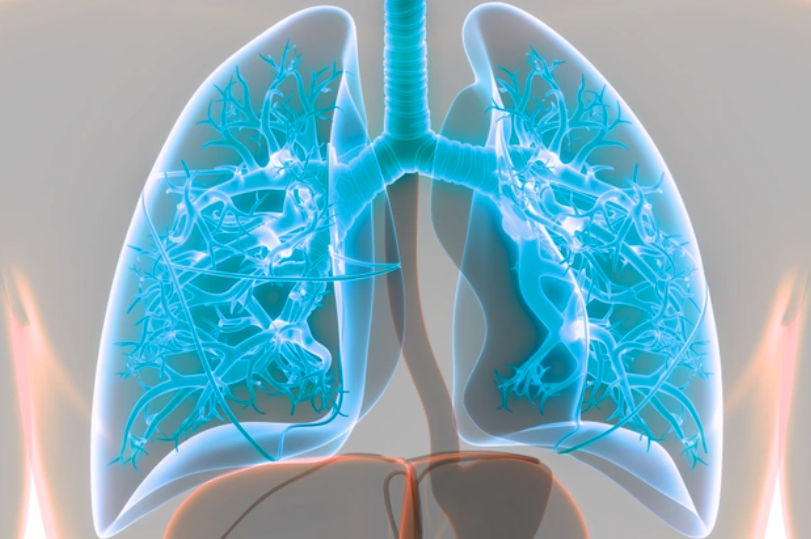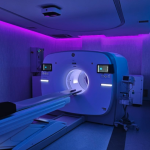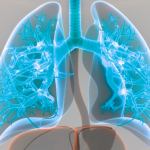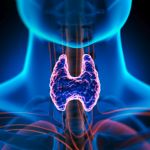Advanced Age and Smoking: Causes of Lung Nodules
Up to 95 percent of lung nodules are benign. However, certain risk factors, including advanced age, excessive smoking, and exposure to inhaled carcinogens like asbestos, radon, or uranium, can increase the likelihood of cancerous nodules. Emphysema, fibrosis, and a family history of lung cancer also contribute to this risk.
According to Assoc. Prof. Dr. Tayfun Çalışkan from Anadolu Medical Center Hospital’s Chest Diseases department, smoking is the leading risk factor for lung cancer. Among lung cancer patients, 90 percent are smokers, with long-term smokers having a 10-30 times higher risk than non-smokers. Heavy smokers face a cumulative lung cancer risk of up to 30 percent, compared to less than 1 percent in non-smokers.
Impact of COVID-19 on Lung Nodules
Studies evaluating lung findings post-COVID-19 show that 32 percent of patients have nodules or masses in their lungs. However, it remains unclear if these are directly due to COVID-19. Dr. Çalışkan recommends following the Fleischner Association guidelines to evaluate nodules in individuals who have had COVID-19.
Follow-up and Evaluation of Lung Nodules
Patients with detected lung nodules should consult a pulmonologist. Nodule size, number, structure, and growth rate are critical determinants in assessing malignancy and guiding management according to international guidelines. Previous thorax CT images can aid in evaluation and comparison. Pulmonologists should decide on follow-up based on nodule and patient characteristics.
Avoiding Unnecessary Procedures
The primary goal is to avoid unnecessary diagnostic or treatment procedures while ensuring early detection of suspicious nodules. Early diagnosis of malignant nodules can provide a safe and definitive solution.
Surgical Diagnosis and Treatment
Surgical removal is the gold standard for diagnosing and treating nodules. Video-assisted thoracic surgery (VATS) is preferred for patients with high or moderate malignancy probability when non-surgical methods are inconclusive. Visible lesions can be removed directly via VATS, while non-visible nodules may require open thoracic surgery with finger palpation, wire placement, or methylene blue staining prior to VATS.
Patients diagnosed with non-small cell lung carcinoma through rapid pathological evaluation (frozen method) can undergo mediastinal lymph node sampling and VATS lobectomy/segmentectomy in a single session. Optimal management involves multidisciplinary thoracic tumor boards to evaluate and recommend surgery for patients with lung nodules.




